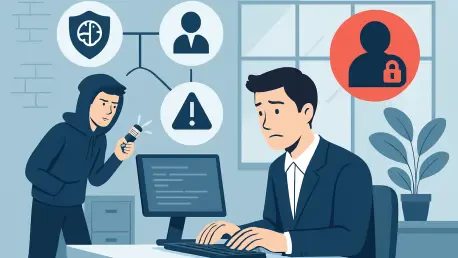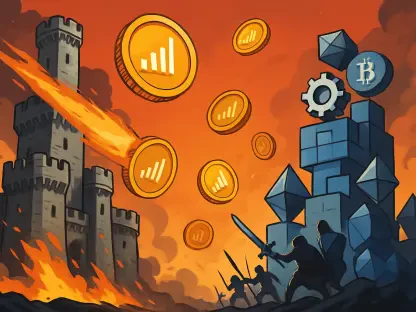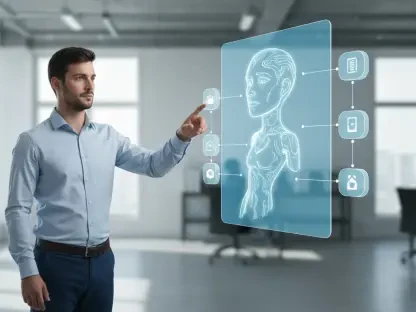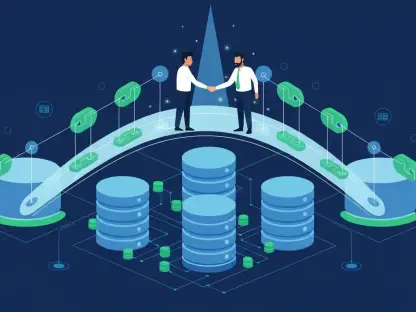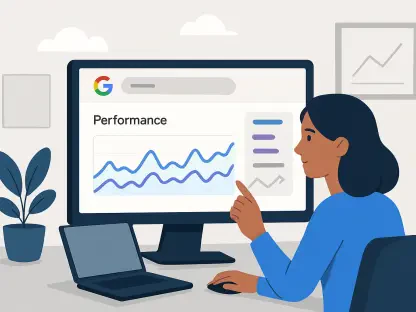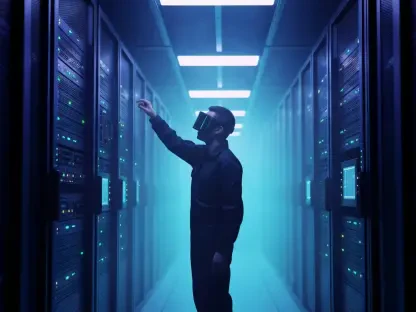Today, we’re thrilled to sit down with Chloe Maraina, a renowned expert in business intelligence with a deep passion for crafting compelling stories through big data analysis. With her sharp expertise in data science and a forward-thinking vision for data management, Chloe brings unique insights into how organizations like the Defense Counterintelligence and Security Agency (DCSA) are revolutionizing insider threat detection. In this conversation, we’ll explore how artificial intelligence is transforming early risk identification, the critical role of human judgment in tech-driven processes, and the challenges of scaling such innovative efforts across large institutions. We’ll also dive into the importance of reducing bias in AI tools and the tangible benefits seen from these cutting-edge approaches.
How is artificial intelligence being utilized by organizations like DCSA to detect insider threats?
AI is really changing the game when it comes to spotting insider threats. At its core, it’s about analyzing massive amounts of data—things like employee behavior patterns, access logs, and even communication trends—to flag anything unusual. What’s powerful about AI is its ability to process this data at a speed and scale that humans just can’t match. It’s not about replacing people but about giving us a heads-up on potential risks much earlier than traditional methods, which often relied on manual reviews or after-the-fact investigations.
What specific types of data are typically analyzed with AI to pinpoint potential risks?
We’re looking at a wide range of data points. This includes digital footprints like login times, file access, and network activity, but also behavioral indicators such as changes in work habits or unusual interactions. Sometimes, it’s even tied to external data, like financial stress indicators or social media activity, if accessible and relevant. The key is integrating these diverse data streams into a cohesive picture that AI can scan for anomalies or patterns that might suggest a risk.
Can you explain what “structured professional judgment” tools are and how they work alongside AI in this context?
Absolutely. Structured professional judgment tools are essentially frameworks that help guide human analysts in assessing risks in a systematic way. Think of them as checklists or models grounded in research, like those used to evaluate workplace violence or radicalization risks. When paired with AI, these tools help validate the machine’s findings by providing a structured way to interpret data. AI might flag something as a concern, but these tools ensure a human can evaluate it with a consistent, evidence-based approach.
How do these tools help in minimizing errors or biases when assessing potential threats?
These tools are designed to bring objectivity to the table. By following a standardized set of criteria, they reduce the chance of personal bias or snap judgments influencing decisions. For instance, they prompt analysts to consider specific risk factors and weigh them equally, rather than relying on gut feelings. This is especially important when AI might over-flag or misinterpret data—having a structured method ensures we don’t jump to conclusions and helps balance the tech with human insight.
Why is maintaining a “human in the loop” such a critical part of this AI-driven approach to threat detection?
Keeping a human in the loop is non-negotiable because AI, while powerful, isn’t perfect. It can flag false positives or miss the nuance of certain situations. Humans bring context, empathy, and ethical judgment to the table. When AI raises an alert, it’s the human analyst who digs deeper, interprets the situation, and decides on the next steps. This partnership ensures we’re not just blindly following algorithms but making thoughtful, informed decisions.
What challenges have you observed in consolidating vast amounts of data for timely, risk-based decisions?
One of the biggest hurdles is just the sheer volume and variety of data. Different systems might store data in incompatible formats, or there could be silos where information isn’t shared effectively. Plus, there’s the issue of ensuring data quality—garbage in, garbage out, as they say. It takes a lot of effort to clean, integrate, and centralize this data so it’s usable in real-time for decision-making. And of course, you’ve got to do all this while maintaining strict security and privacy standards.
How does having centralized data improve the handling of insider threats?
Centralizing data is like having all your puzzle pieces in one place. It allows for a holistic view of what’s happening across an organization, so you’re not missing critical signals because they’re buried in separate systems. It speeds up response times since analysts can access everything they need without jumping through hoops. Ultimately, it means you can connect the dots faster and make smarter, more informed decisions about potential threats before they escalate.
What steps are being taken to ensure AI systems used for threat detection are fair and unbiased?
Tackling bias in AI starts with the data it’s trained on. We work hard to ensure the datasets are diverse and representative, so the AI doesn’t learn skewed patterns. There’s also a focus on transparency—understanding how the AI makes decisions and regularly auditing its outputs. On top of that, we involve multidisciplinary teams, including ethicists and subject matter experts, to challenge assumptions and refine the models. It’s an ongoing process, not a one-time fix.
What have been some of the most significant benefits you’ve seen from using AI for early detection and intervention?
The biggest win is the speed of detection. AI can identify potential issues in near real-time, which is a huge leap from older, reactive approaches. This means we can intervene before a situation spirals out of control. We’ve also seen a reduction in workload for analysts—they’re not sifting through endless data manually but focusing on the most critical alerts. And ultimately, it’s about prevention; catching risks early has helped protect organizations and their people in ways that weren’t possible before.
Looking ahead, what is your forecast for the future of AI in insider threat management?
I think we’re just scratching the surface. AI will become even more sophisticated, with better predictive capabilities and deeper integration into everyday security practices. We’ll likely see it paired with emerging tech like natural language processing to analyze communications more effectively. But the challenge will be balancing innovation with ethics—ensuring privacy and fairness remain at the forefront. I believe the future lies in creating systems that are not only smarter but also more transparent and accountable, so trust in these tools continues to grow.
